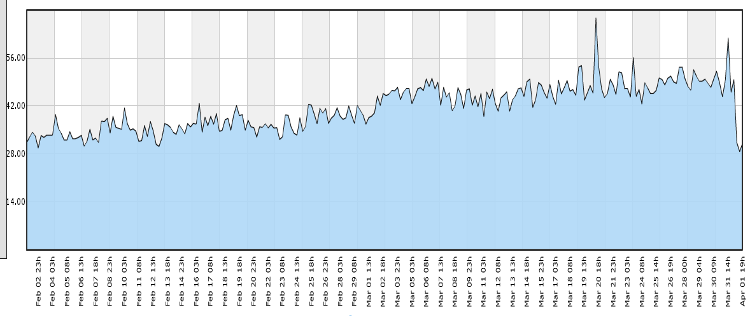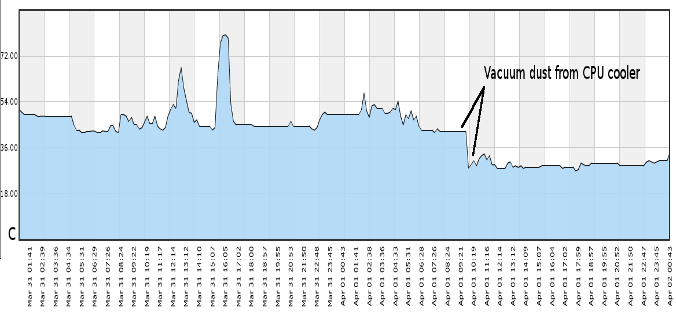Over the years we have taught many people to use the Internet and they have gone from nothing to active users. We mainly focus on the older person and they have some very specific usability issues and use cases such as planning and booking flights, booking tickets, booking hotels, buying books/eBooks, movies or music and using VOIP-like systems as well as traditional email.
We’re very proud of getting some people who have never had an email address and who relied on a lot of walking or phoning about to have them being able to plan, book and pay for trips to see their friends; all online from their home. It’s a really nice feeling to get things like videochat going so they can talk and see their grandchildren on the other side of the world or to take and upload photos rather than developing and posting hard copy prints.
Naturally they are fearful of phishing and identify theft and they have a reason to be as they actually have money that could be stolen.
Children have different concerns: Now we don’t have much demand to teach children as that is the other way around – they are taught at school and have no problems with being online, they don’t have much money or credit cards but do have a risk of identity discovery and potential abuse that could follow from that with cyberbullying or people socially engineering them to revealing parent’s details (like parent credit card details).
Our approach is to teach people, old and young, to maintain multiple online identities. We say that they are in control here of their data and not the other system. Make it like a game so the created names are something like an amalgam of characters they like. They also have their real identity that parts are only known to friends they meet in real life and obviously real data needs to be given to companies for credit card purchases or plane tickets but for every other system then use one or more avatars: the decent of a human to the Internet.
This works well with children as they love character acting and especially as every modern electronic gadget wants Internet access. Our own children’s Playstation3 for instance has nothing on it that could ever be of any use to someone socially engineering our children online. Everything from names, dates of birth, address or ZIP/Postcodes, email addresses can and is made up. So who cares ?
Well the government and the online companies seem to care. Their approach is that children need parents permission and they imply that the private data that the person should provide is accurate and that they will keep it safe. Companies want data they can sell that points back to real people and the Government just wants to do whatever governments want to do.
No, sorry, a better approach is for the person, the parent and the child to collude and give out nonsense data that allows them to use a service but the data is of little relevance as data outside of that service. The loss of data by the company becomes irrelevant as the theft has no relationship to the person’s actual physical identity or real person. By getting into a mindset that nothing online is what it seems then you instil the idea of do not trust anything unless you can verify your trust.


